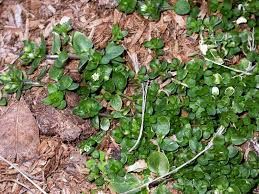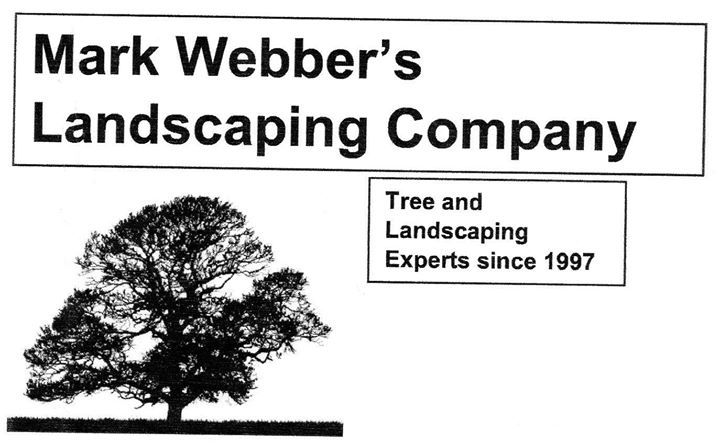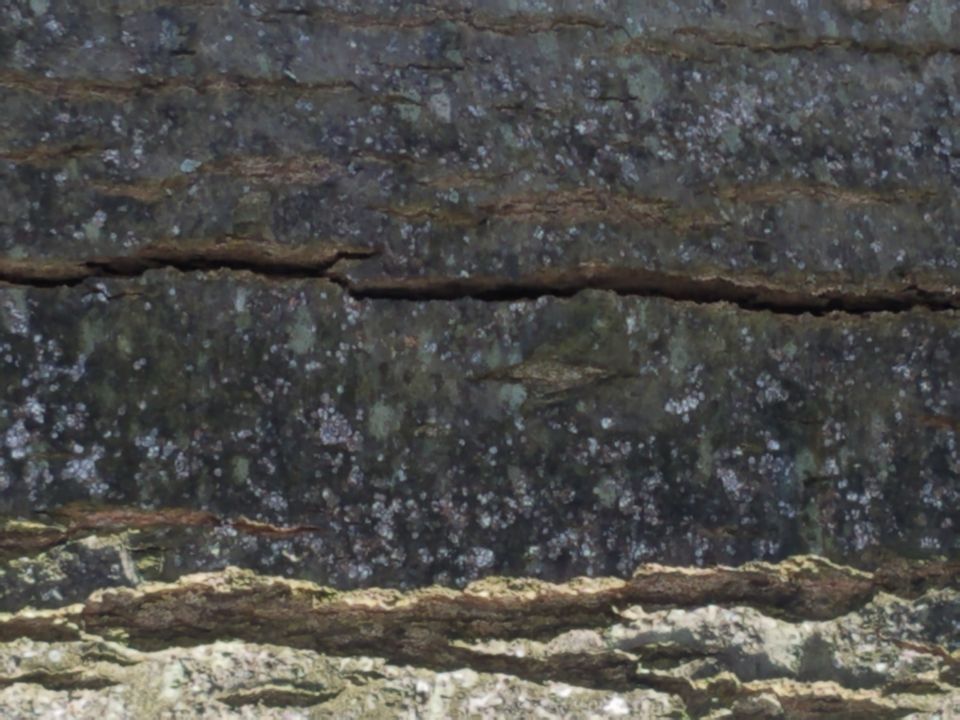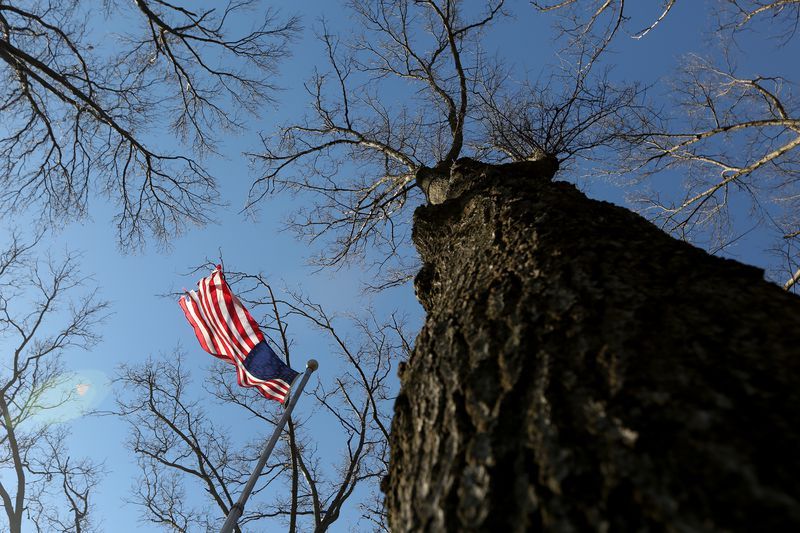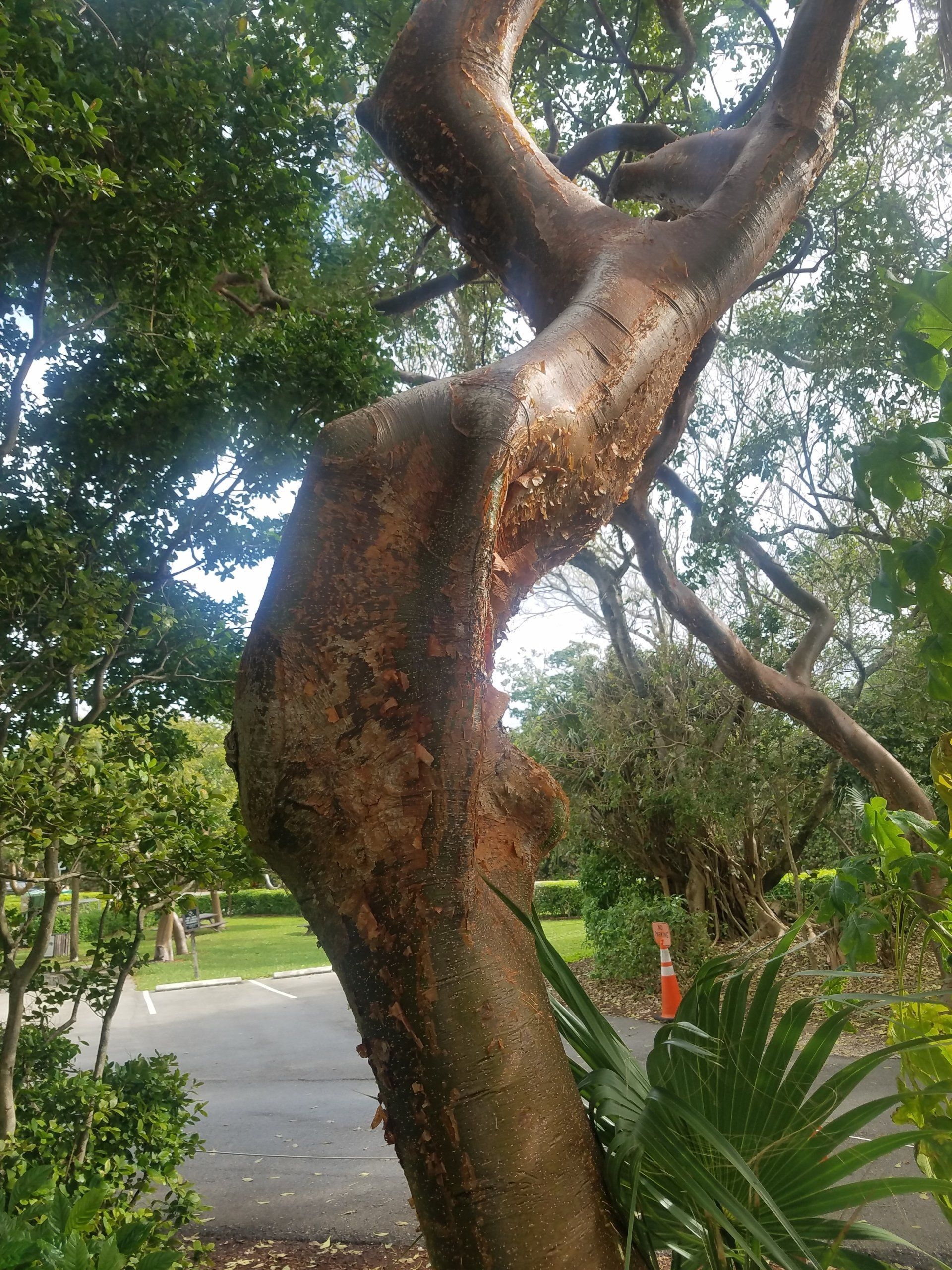Frost cracks and winter damage to trees
Tree Trunk Injury
Today with temperatures above 32F, I noticed that my Red Oak tree ( Quercus rubra)
contains two Frost Crack located on its trunk. These injuries are related to the recent deep freeze we experienced this week. Frost cracks are vertical cracks in the stems of trees. On sunny days in the winter, the bark will warm up, causing cells to expand in the bark and wood directly below the bark. As the sun sets, temperatures drop quickly, causing the bark to cool and contract. The wood under the bark does not cool as quickly, causing the bark to split. Frost cracks may first appear on very young trees that have not developed a thick layer of bark. The south and southwestern side of trees are most susceptible to frost cracks. Once damaged, the injured area can split back open often on very cold, winter days.
The frost crack on my Red Oak first appeared approximately 5 or 6 years ago during temperatures that had dipped near -10F. This half a decade old wound had successfully closed and in the fall of 2018 and appeared to have fully sealed.
Now the old injury has reopened, and another 7-8" crack has formed directly above the previous old one. Recent research suggests frost cracks develop as a result of an earlier trunk injury.
Not to be confused with Sun Scald
Sunscald most often occurs on the southwest side of young trees with thin bark. On a warm winter day, direct sun can heat exposed bark substantially. If freezing temperatures closely follow this heating, often at night, the death of the inner bark may occur. The injury will not likely be visible until spring growth resumes, and then appears as sunken
or discolored bark.
Should You Be Concerned
Frost crack wounds may never fully heal and could create an entrance for decay organisms. However, Frost Cracks are usually not fatal, although they may allow the entry of insects or disease. The tree will usually heal by itself through the growth of the living inner bark on the sides of the split. Good plant health care should always follow a tree injured by cold temperatures and those practices include:
- Inspection by an (International Society of Arboriculture (ISA) Certified Arborist
- The timely watering of the tree during dry periods will help to optimize growth response in the tree. Increasing the growth response will help support wound sealing of the frost crack.
- Proper fertilizer applications-too much or not enough nutrients can harm trees so be sure you are feeding your damage tree based upon the results of a recent soil test.
- Don't use wound dressing. Twenty years of research have should that these materials provide no protection to tree wounds and actually slow the sealing process.
Sources:
Bark Splitting on Trees. The University of Tennessee. 2004 ( https://extension.tennessee.edu/publications/Documents/SP630.pdf )
Frost cracks and winter damage to trees. Michigan State University.2012 ( https://www.canr.msu.edu/news/frost_cracks_and_winter_damage_to_trees )





